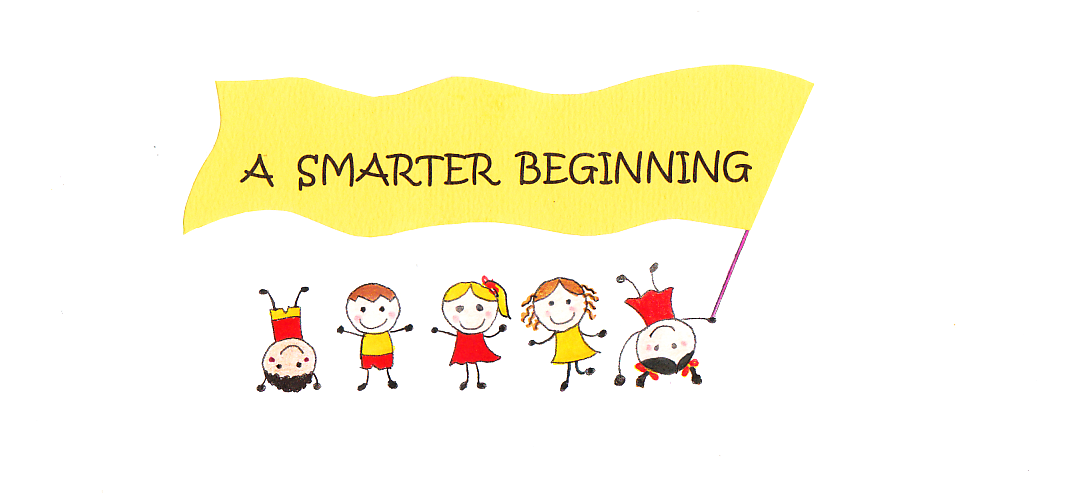 Are you reading to your child in the best possible way? Which way is that? It’s one that maximizes his or her language development, involvement and enjoyment. Dialogic reading does that by reading “with” instead of “to.”
Are you reading to your child in the best possible way? Which way is that? It’s one that maximizes his or her language development, involvement and enjoyment. Dialogic reading does that by reading “with” instead of “to.”
Many of us have very fond memories of sitting on our parents’ laps and being read to from picture books when we were very young. I’m one of those people. But I have even fonder memories of my son years ago sitting on my lap while I read to him. The cuddly warmth, the shared experience, the excitement of discovery, the fun — it’s part of what made being a parent so rewarding. It was great. But recently, I found out that I could have made it even greater.
Picture Books Aren’t Enough
We know that picture books are important for children. Besides being fun and stimulating, they help with vocabulary building, with learning information, with the sounds of language, with the pleasure of hearing verse and rhyme, and with language development. That’s why for years now, parents have been advised to read picture books to their young children. So why are numerous children still entering school without the necessary skills for learning? And sadly, when they start out behind, they tend to lag behind throughout school.
OK. So we read to our kids from picture books as often as possible. We do this from the earliest possible age. But how we do it is also very important. There’s a way to read that maximizes children’s language development and readiness for school. This is where dialogic reading comes in. The word “dialog” gives the clue. Developed by the Stony Brook Reading and Language Project at the State University at Stony Brook and based on the strategy developed by Dr. Grover J. Whitehurst, it’s a technique that uses a conversational style.
When most people read a picture book to their child, they read and the child looks and listens. With the dialogic technique, the child has an active role. He or she helps tell the story while the parent reads, asks questions, listens to what the child says, and encourages the child to say more by expanding on what has already been said. In this way, the child shares the story. She or he actively participates, becomes more involved and gets more satisfaction from the whole interaction.
 How Does Dialogic Reading Work?
How Does Dialogic Reading Work?
It’s not hard and it’s very natural. It’s a kind of conversation where both parties, you and your child, talk about a book. It uses something called PEER, an acronym for prompts, evaluation, expand and repeat. The prompt (P) comes from the parent and asks the child to say something about what’s on the page. If there’s a bear, for example, the parent might ask, “What animal is this?” When the child replies, the parent then evaluates (E) what the child said: “Yes, that’s a bear.” This is a kind of approval. Then the parent expands (E) on the child’s response by adding something: “It’s a brown bear.” Finally, the parent repeats (R) the prompt to check that the expansion has been learned: “Can you say ‘brown bear’”? (Note that the example given here is for a very young child.)
In addition, the acronym CROWD is used for the types of prompts parents can give:
C for completion prompts
R for recall prompts
O for open-ended prompts
W for “wh” word prompts (who, what, where, when, why)
D for distancing prompts.
For more information and examples of how to use the technique, see Dr. Whitehall’s article, “Dialogic Reading: An Effective Way to Read to Preschoolers” (www.readingrockets.org/article/400/) as well as articles on other websites.
According to Dr. Whitehall, “Dialogic reading works. Children who have been read to dialogically are substantially ahead of children who have been read to traditionally on tests of language development. Children can jump ahead by several months in just a few weeks of dialogic reading.” In line with this is the statement by the National Early Literacy Panel (NELP): “We have sufficient evidence to demonstrate that shared reading can indeed lead to the growth of language and literacy skills, and put young children on the path to becoming enthusiastic, lifelong readers” (www.books.google.co.il/books?isbn=1609180291).
If any readers are familiar with this technique, it would be great to hear about your experience with it.
Photo credits: wealhtheow1/Foter.com/CC BY; PittCaleb/Foter.com/CC BY-NC-ND
